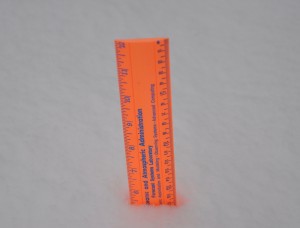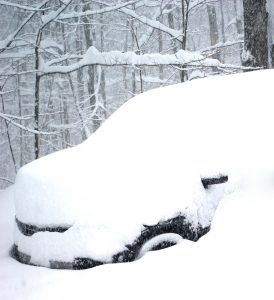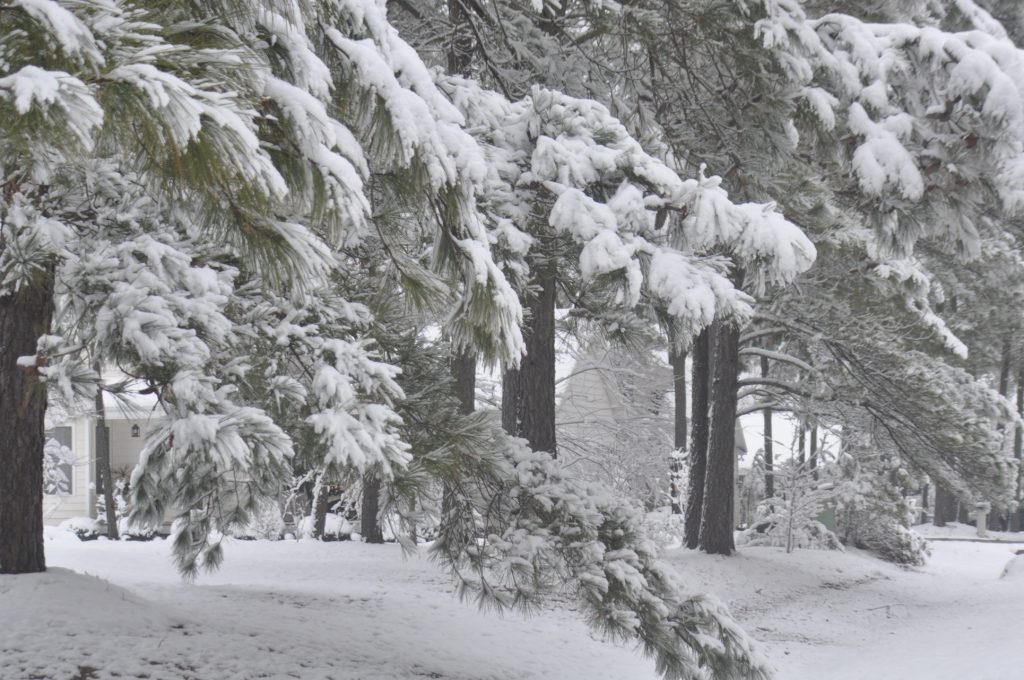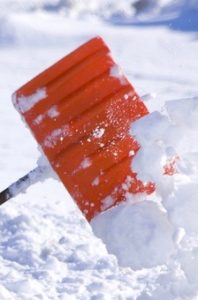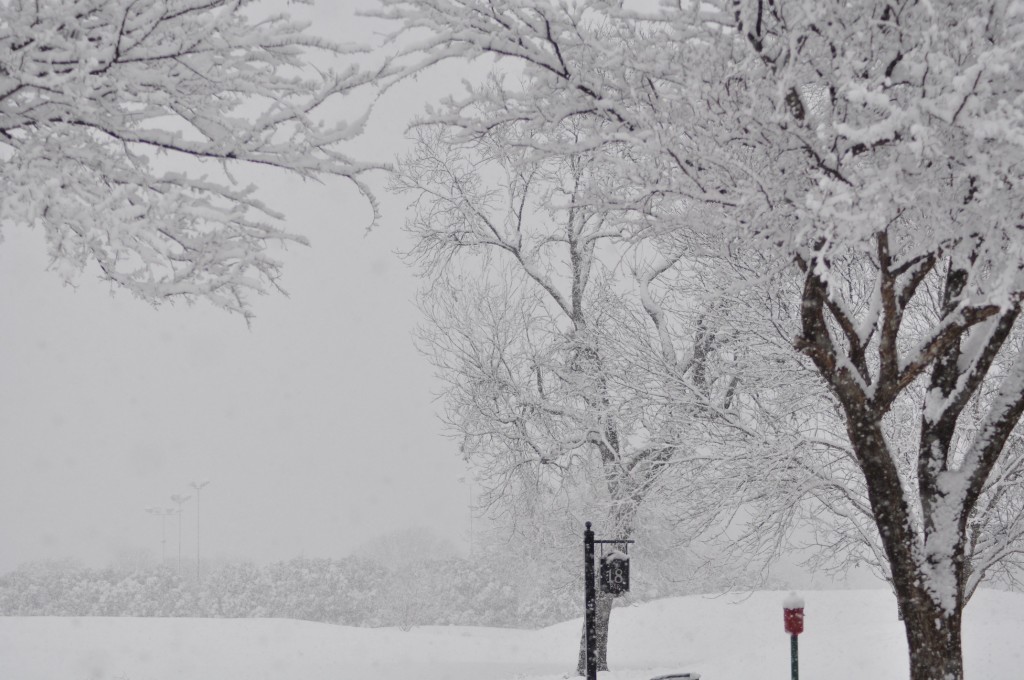KN, p. 187 “On the Road – Get Ready for the Blizzard”
“Blizzard? What blizzard? It’s 70 degrees outside!” That’s Sheila talking as she looks over my shoulder.
I’ll have you know that there has been snow falling in the northwestern part of the USA already. In 2018, the northwest received over 400 inches of the white stuff, with the midwest getting pounded often enough that there were cars and trucks stuck on the roads for a while.
I never think about being prepared to get stuck for hours because I live in one of the most densely populated areas of the country. If traffic stops for any length of time, people have been known to get out of their cars, leave them on the highway and walk to the houses close by. That can cause a LOT of headaches when snow plows come through during the blizzards.
But, it’s not an option to leave the car in the middle of no place during a blizzard when you might be miles away from help. It’s usually warmer inside the car, plus it’s a shelter until help does arrive.
What do you do when you get caught traveling to a vacation spot or a storm moves in more quickly than the weatherman predicted? It is possible to die if help is a long time coming or your car gets buried in snow, so how do you avoid that?
To borrow a phrase from the Boy Scouts, Be Prepared.
If the weatherman isn’t sure about the path of the storm and you need to get somewhere a couple of hours away, follow these tips:
- Make sure you have a full gas tank.
- Let someone at your destination know your predicted arrival time.
- Charge your cell phone.
- Travel with snacks and several bottles of water for each passenger.
- Toss a couple of blankets in the car, just in case.
- Always travel with flashlights, but before the trip, check the battery power.
- Keep kitty litter in the trunk, in case you get stuck and need traction to get out of the slick spot.
- Buy a short shovel (available in auto supply stores) and leave it in the trunk. (thanks, Sue Harrison)
If the storm hits unexpectedly while you are on the road and you can no longer see to drive (or the roads are hazardous) stop the car and pull over if you can.
- Stay inside the car.
- Run the motor for ten minutes every hour.
- Open the windows just a crack to avoid carbon monoxide buildup inside the car.
- Make sure the exhaust pipe is not blocked
- Tie a colorful scarf to the door. During a white-out, this will help the road crews find you more quickly.
- Make sure to stay hydrated.
- Exercise to keep warm – swing arms and legs as much as possible for a few minutes out of every 30.
Be smart about it and travel safely this winter. Better yet – stay off the roads until they are clear.
*Photo by Patti Phillips
KN, p. 187 “On the Road – Get Ready for the Blizzard” Read More »

